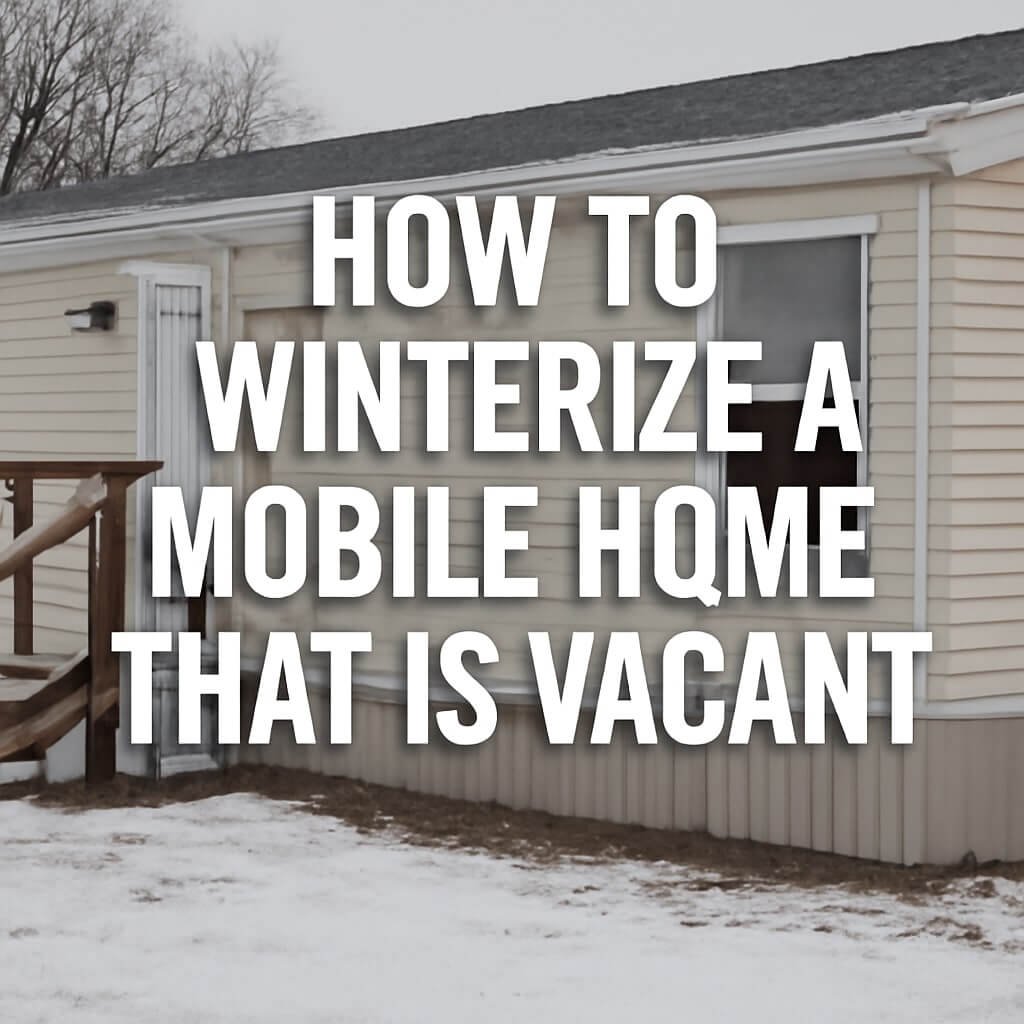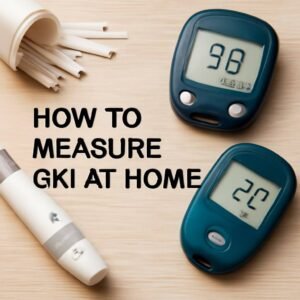Winterizing a mobile home that is vacant is crucial to avoid costly damages during the cold months. If you’re wondering how to winterize a mobile home that is vacant, this comprehensive guide will walk you through essential steps to protect your investment. From sealing drafts to safeguarding plumbing systems, these methods ensure your mobile home remains safe and ready for use when warmer weather returns.
Why Winterising a Vacant Mobile Home Is Essential
Vacant mobile homes are especially vulnerable to winter’s harsh conditions. Without proper preparation, freezing temperatures can cause pipes to burst, insulation to fail, and moisture to infiltrate, leading to mold growth and structural damage. Winterizing your vacant mobile home minimizes these risks, saving you from costly repairs and maintaining your property’s value.
Understanding the Unique Challenges of Mobile Homes
Unlike traditional houses, mobile homes are more exposed to the elements because of their structure and materials. They often have less insulation and a more exposed undercarriage, making them prone to temperature fluctuations. Moreover, mobile homes have plumbing systems that are more susceptible to freezing. Understanding these challenges helps tailor your winterizing efforts effectively.
Preparing Your Mobile Home Before Winter
Proper preparation is the foundation of effective winterizing. Before the cold sets in, take time to thoroughly inspect and prepare your mobile home.
Inspecting the Roof and Exterior
Start by checking the roof for damaged shingles, leaks, or debris buildup that could lead to water infiltration. Make sure gutters and downspouts are clear to ensure proper drainage away from the home’s foundation.
Sealing Gaps and Cracks
Cold air sneaking in through small gaps can cause your heating efforts to fail and increase the risk of frozen pipes. Use weatherproof caulk or foam sealant to close gaps around windows, doors, vents, and where the home meets the foundation.
Protecting Windows and Doors
Install storm windows or plastic window insulation kits to reduce heat loss. Weatherstripping doors prevents drafts and help maintain a warmer interior environment.
Winterising Plumbing Systems
One of the biggest winterizing concerns is preventing pipes from freezing and bursting, which can cause severe water damage.
Draining Water Lines
Completely drain the water system, including all pipes, water heater, and appliances connected to water, like refrigerators with ice makers. Turn off the main water supply and open faucets to drain remaining water.
Using Antifreeze Safely
After draining, pour non-toxic RV antifreeze into traps, drains, and toilets to prevent any remaining water from freezing. Always use antifreeze labeled safe for potable water systems.
Insulating Pipes
Wrap exposed pipes with foam insulation sleeves or heat tape. Focus especially on pipes located under the home or near exterior walls.
Securing Heating Systems
If your mobile home has a furnace or space heaters, maintenance before winter is essential. Clean or replace filters, inspect vents, and ensure your heating system operates efficiently even if the home is not occupied.
Electrical Safety Checks
Winter storms can cause power surges or outages. Inspect electrical panels, outlets, and wiring to prevent fire hazards. Consider installing surge protectors and ensure all electrical systems meet safety standards.
Maintaining Ventilation and Moisture Control
Even when vacant, your mobile home needs ventilation to prevent condensation and mould. Use moisture absorbers in enclosed spaces and check vents regularly to ensure airflow.
Protecting the Skirting and Foundation
The skirting around your mobile home acts as a barrier against cold winds and animals. Inspect for holes or damage, and repair promptly. Adding insulation behind the skirting improves temperature regulation under the home.
Exterior Landscaping Tips to Shield Your Mobile Home
Planting shrubs or installing windbreaks on the windward side of the home can reduce wind chill. Make sure drainage directs water away from the foundation to avoid pooling and ice buildup.
Routine Monitoring While Vacant
Check your mobile home periodically throughout the winter. Look for signs of leaks, drafts, or structural damage, and address problems early before they escalate.
Hiring Professional Help: When and Why
Sometimes winterising can be complex, especially plumbing and electrical work. Hiring professionals ensures that all systems are winter-ready and can save you money in the long run by preventing mistakes.
Frequently Asked Questions (FAQs)
1. How early should I start winterising my mobile home?
Start as soon as temperatures begin to dip below 50°F (10°C) to allow ample time for thorough preparation.
2. Can I winterise a mobile home without draining the water system?
It’s not recommended; water left in pipes can freeze and cause damage even if the home is heated.
3. What kind of antifreeze is safe for mobile homes?
Use RV or marine antifreeze labelled as non-toxic and safe for potable water systems.
4. How often should I check my vacant mobile home in winter?
Ideally, visit every 2-4 weeks to inspect for any issues.
5. Is it necessary to insulate the skirting?
Yes, insulated skirting helps maintain warmer temperatures under the home and protects pipes.
6. What’s the best way to prevent mould during winter?
Ensure proper ventilation and use moisture absorbers to keep humidity low.
Conclusion: Keeping Your Vacant Mobile Home Safe This Winter
Knowing how to winterize a mobile home that is vacant is vital for protecting your property and avoiding costly damages. By following these detailed steps—from sealing gaps to winterizing plumbing and maintaining ventilation—you ensure your mobile home stays safe and sound all winter long. When in doubt, don’t hesitate to call in professionals for help. Preparing now means peace of mind when the chill sets in.












